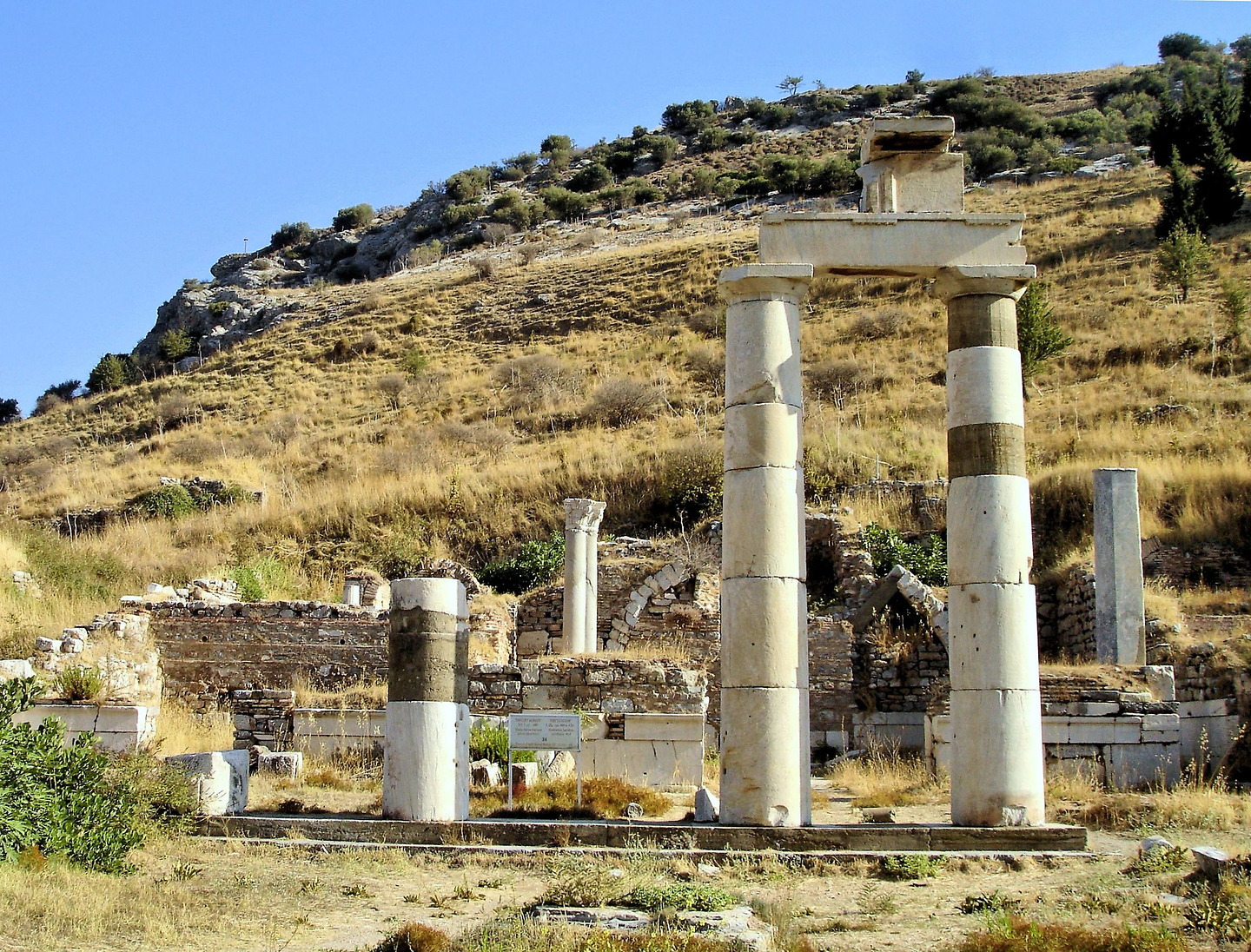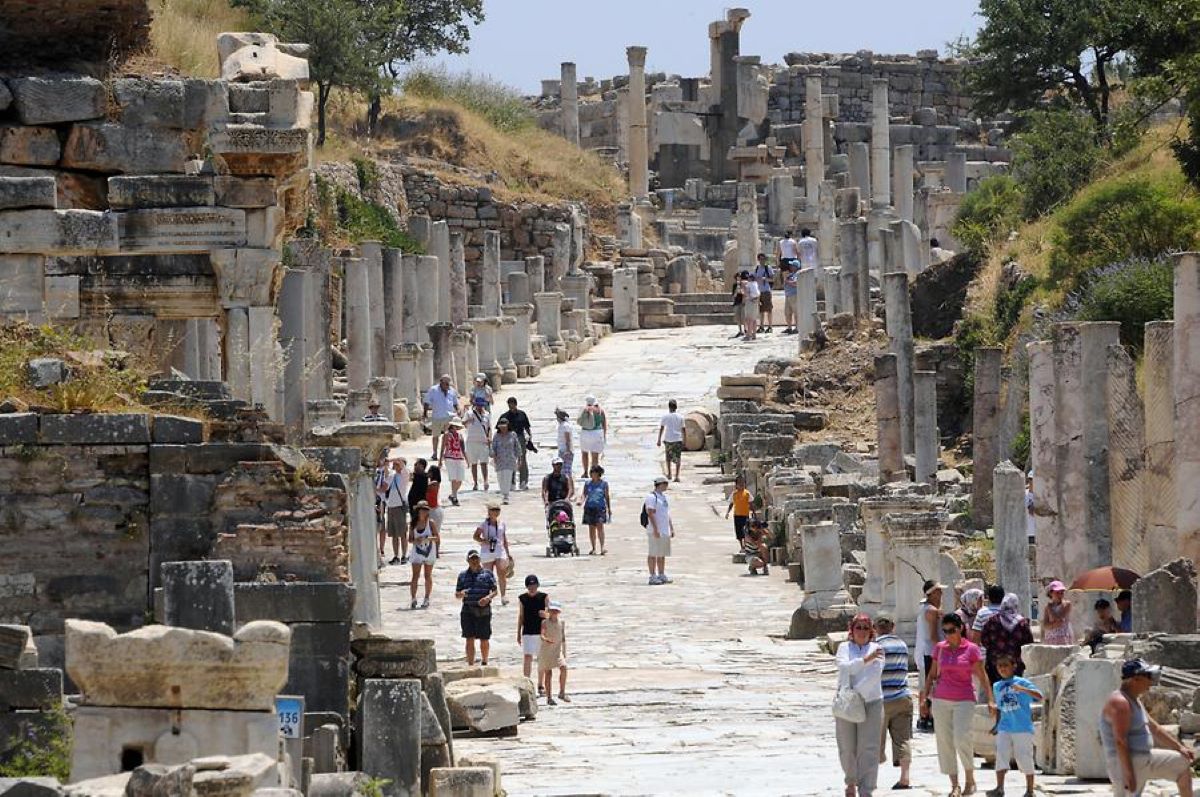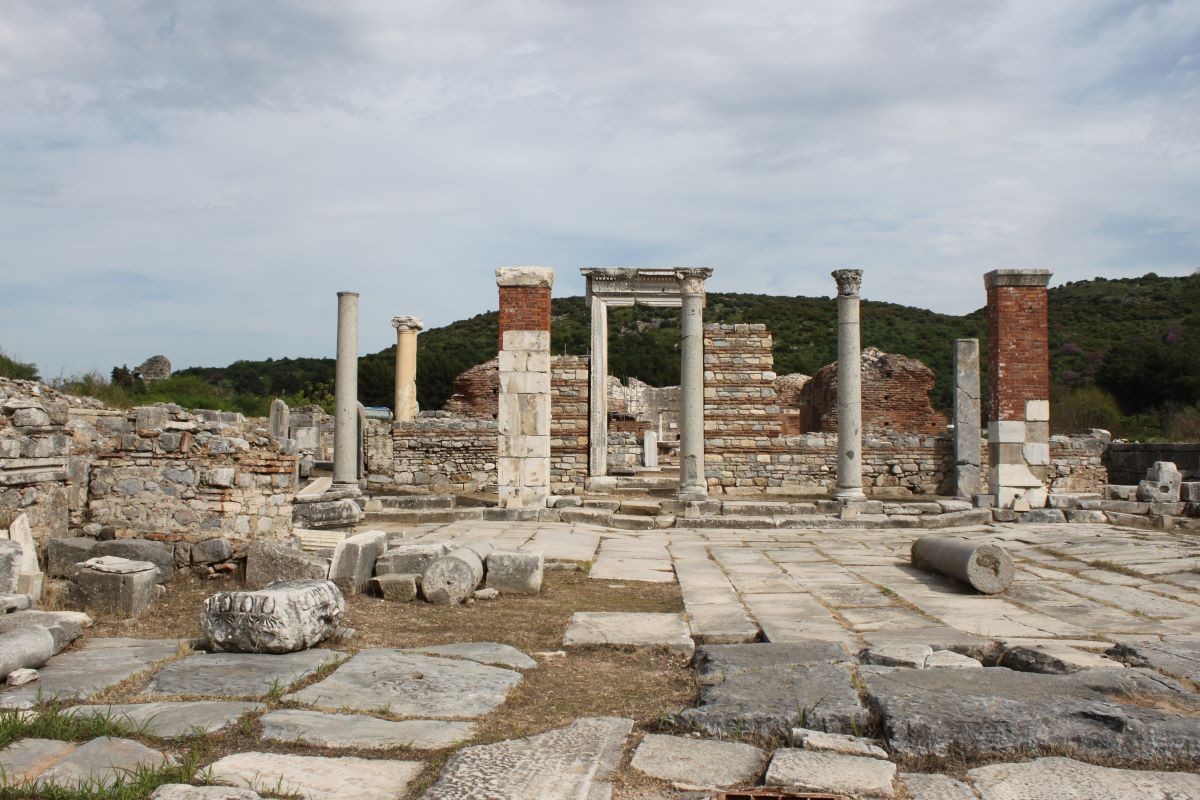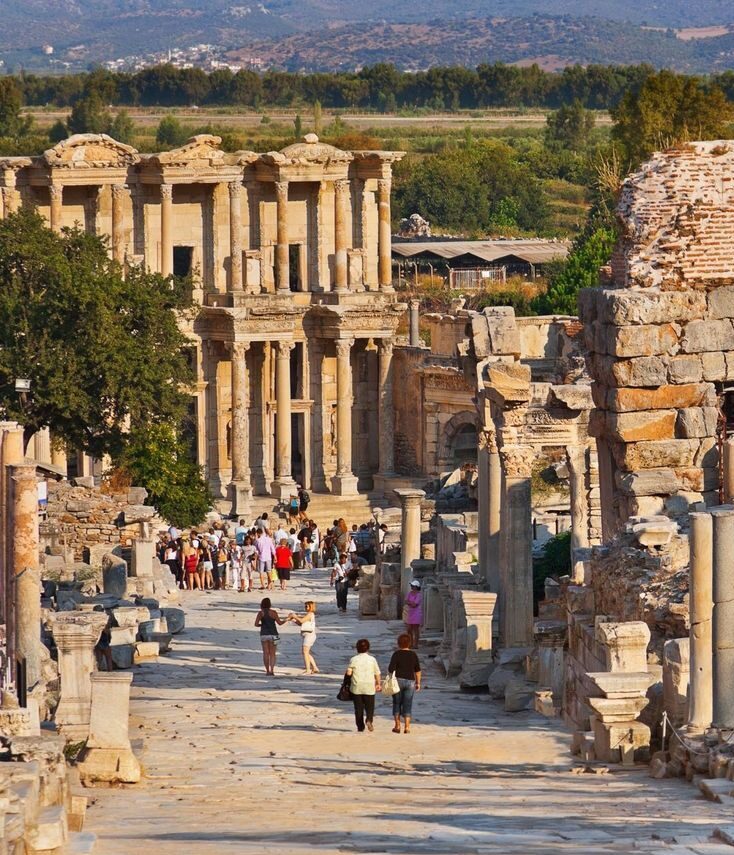The ancient city of Ephesus is a site of remarkable historical significance, with a…

The Prytaneion in Ephesus: A Center of Political and Religious Life
The ancient city of Ephesus was one of the most important cultural and political centers in the ancient world. Among its many impressive structures was the Prytaneion, a building that served as the center of political and religious life in the city. In this article, we will explore the history and significance of the Prytaneion in Ephesus.
The Prytaneion was located in the heart of Ephesus, near the famous Temple of Artemis. It was built in the 4th century BC and served as the residence of the city’s officials and priests. The building was used for a variety of purposes, including meetings of the city council and the celebration of religious festivals.
The Prytaneion was also home to the sacred flame of Hestia, the goddess of the hearth and home. This flame was kept burning continuously and was believed to represent the continuity of the city’s political and religious life.
The Prytaneion was a large, rectangular building that was divided into several rooms and halls. The building was constructed using local marble and was adorned with elaborate decorations and sculptures.
The most impressive feature of the Prytaneion was its central courtyard, which was surrounded by a colonnade and decorated with beautiful mosaics. The courtyard was the site of many important religious ceremonies and public events.
The building also housed a large dining hall, known as the prytaneion proper, where the city’s officials and priests would gather for meals. The hall was decorated with intricate mosaics and sculptures, including a statue of the goddess Hestia.
The Prytaneion was an important symbol of the city’s political and religious power. It was the center of the city’s government, and its officials were responsible for maintaining law and order, ensuring the city’s prosperity, and managing its public works.
The building was also a center of religious life in the city. The sacred flame of Hestia, which was kept burning in the Prytaneion, was believed to protect the city from harm and ensure its continued prosperity.
The Prytaneion was also a site of cultural and intellectual activity in the city. Many famous philosophers and writers visited the building to give lectures and participate in discussions. The building was a center of learning and education in the ancient world.
Today, the Prytaneion is a popular tourist attraction in Ephesus. Visitors can explore the building’s impressive architecture and learn about its rich history and cultural significance. The building stands as a testament to the importance of political and religious institutions in the ancient world and a reminder of the rich history of Ephesus.




This Post Has 0 Comments